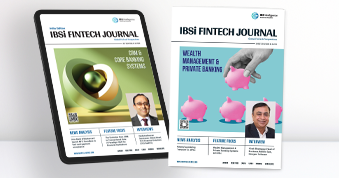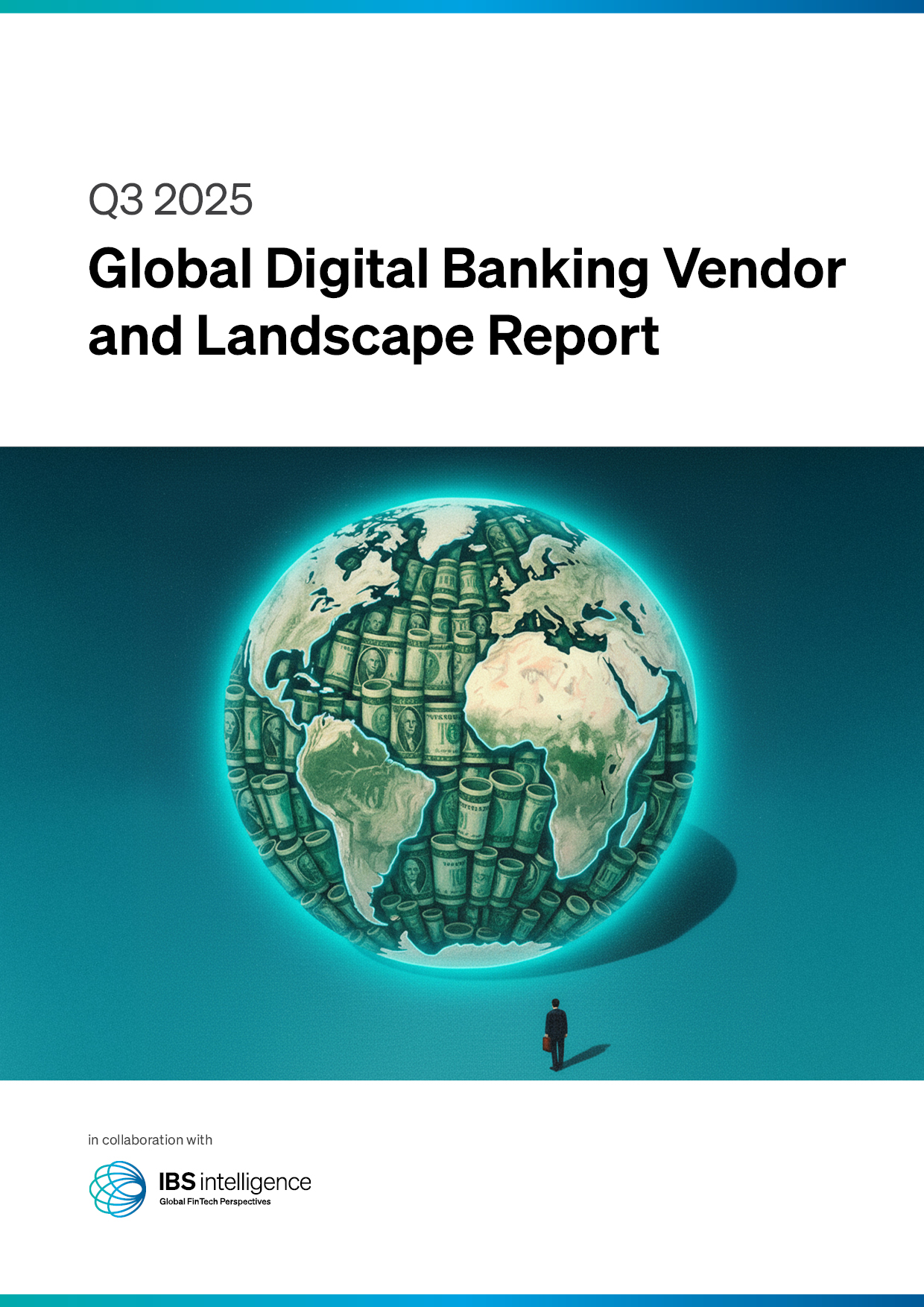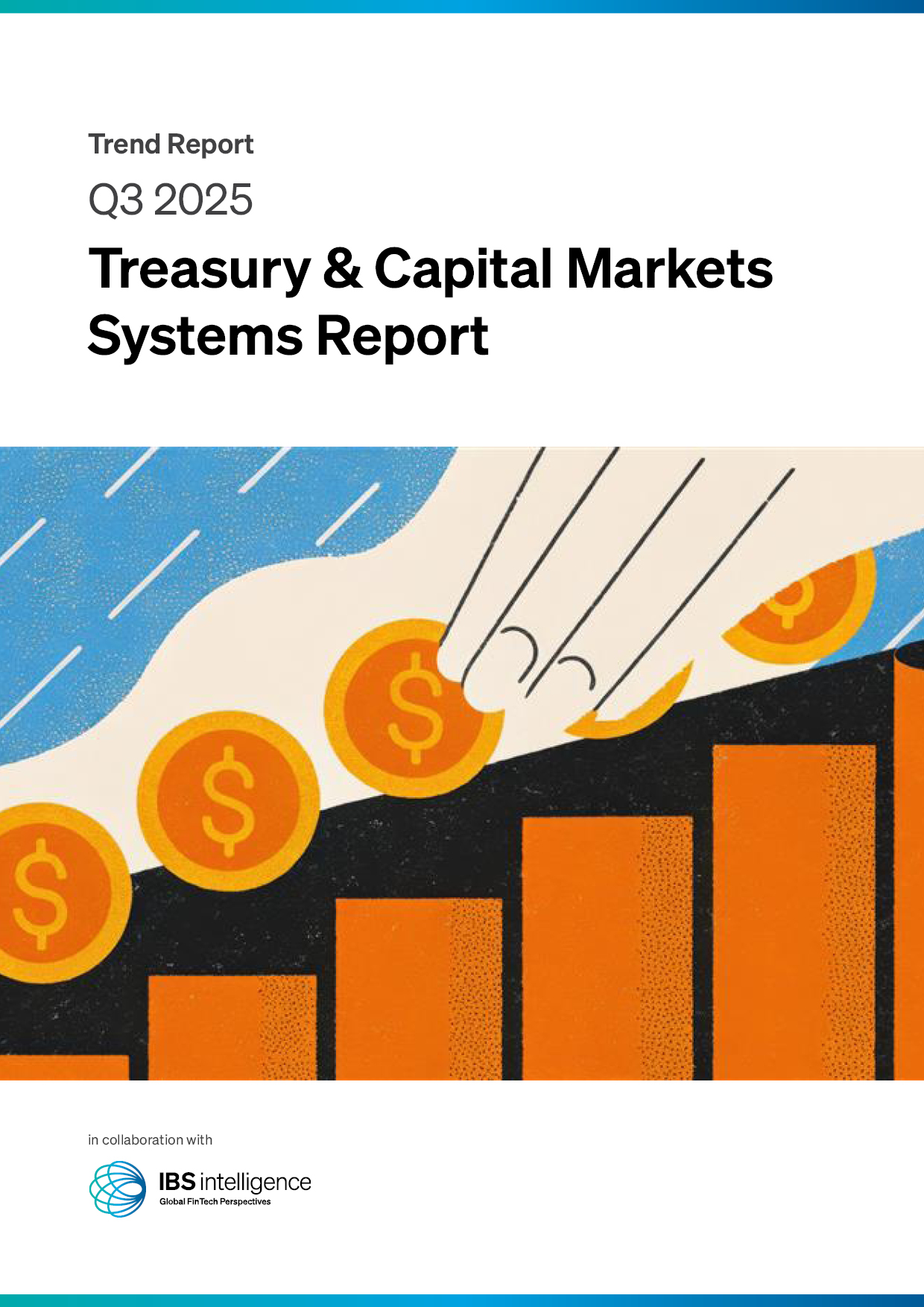 Back
Back
FX hedging for UK business – change for the better
Increased FX [foreign exchange] volatility and greater complexity in managing cashflow forecasting, is changing the way UK businesses are hedging.
by Richard Eaddy, CEO, Hedgebook
For a start, companies have moved from being hands-off to hands-on in managing their forecasts and FX hedging. It is seen as a concern across the business, impacting sales, procurement, and the supply chain. While the C-Suite are aware of the impact, it is often the board that is driving change in wanting to see a far more proactive approach in managing these risks.

The increased volatility in financial markets, is matched by increased uncertainty in business. Once stable supply chains now operate on much shakier terms if they haven’t disappeared altogether. It means there is no longer certainty around when you will be making a payment or how long you will need to hedge.
Businesses working on low margins can be significantly impacted. A cancelled order or significant swing in foreign exchange that has not been hedged, leaves the business dangerously exposed. All of this has meant UK companies are looking more regularly at their hedging positions and reviewing the risk.
Many businesses are acting responsibly and adding FX Management to their library of risk management policies. This gives the treasury team some real guidance as to the risk tolerance the business is prepared to work within. The ability to model FX hedging options against this policy enables faster and better decisions to be made – with minimised risk.
Remote working also removed the expectation of a monthly or quarterly meeting where such matters were generally discussed. The traditional round-the-table closed door reviews essentially disappeared during lockdown.
Very quickly, companies realised the need to proactively review their FX hedging positions and that players across the company needed to part of that. Over 80% of surveyed customers using our FX tools now engage with them at least once a month, with 10% checking in on a daily basis.
Working remotely has also seen companies move away from spreadsheets being the default tool for managing FX hedging. This is largely due to the increased risk around version control and data security when shared across multiple screens and locations.
But it also highlighted the spreadsheet owner as a potential single point of failure in the organisation. In many cases they were the only ones who could successfully run the formulas and manage the complex hedging situations the business was facing. As a result, companies have proactively started looking for online tools capable of managing this for them.
They want to view data in real time, have secure access to their hedging positions and for everyone involved to be working off a single version of the truth. Companies now say using online FX hedging reports and modelling saves them half to a full day per month – but the exponential value is in greater accuracy and faster, better decisions.
It is these companies that are driving change. They expect their banker to be able be onboard with managing foreign exchange hedging online. They want their broker to see the same information they are and be able to guide them through the options – modelling the different rates and hedging percentages as they go.
Even though cloud technology has driven the access cost right down, online treasury management is new technology for banks to become familiar with. Perennial slow adopters, banks are now realising they need to get onboard fast, or their customers will leave them behind – quite literally.
It really should be a win-win for everyone. Customers limit their FX risk and banks become even more valuable and responsive to their customers. It enables much better FX hedging decisions to be made faster and strengthens the banks relationship with its customers. A definite change for the better.
IBSi News
Get the IBSi FinTech Journal India Edition
- Insightful Financial Technology News Analysis
- Leadership Interviews from the Indian FinTech Ecosystem
- Expert Perspectives from the Executive Team
- Snapshots of Industry Deals, Events & Insights
- An India FinTech Case Study
- Monthly issues of the iconic global IBSi FinTech Journal
- Attend a webinar hosted by the magazine once during your subscription period
₹200 ₹99*/month
* Discounted Offer for a Limited Period on a 12-month Subscription
IBSi FinTech Journal

- Most trusted FinTech journal since 1991
- Digital monthly issue
- 60+ pages of research, analysis, interviews, opinions, and rankings
- Global coverage
Other Related Blogs
April 10, 2025






